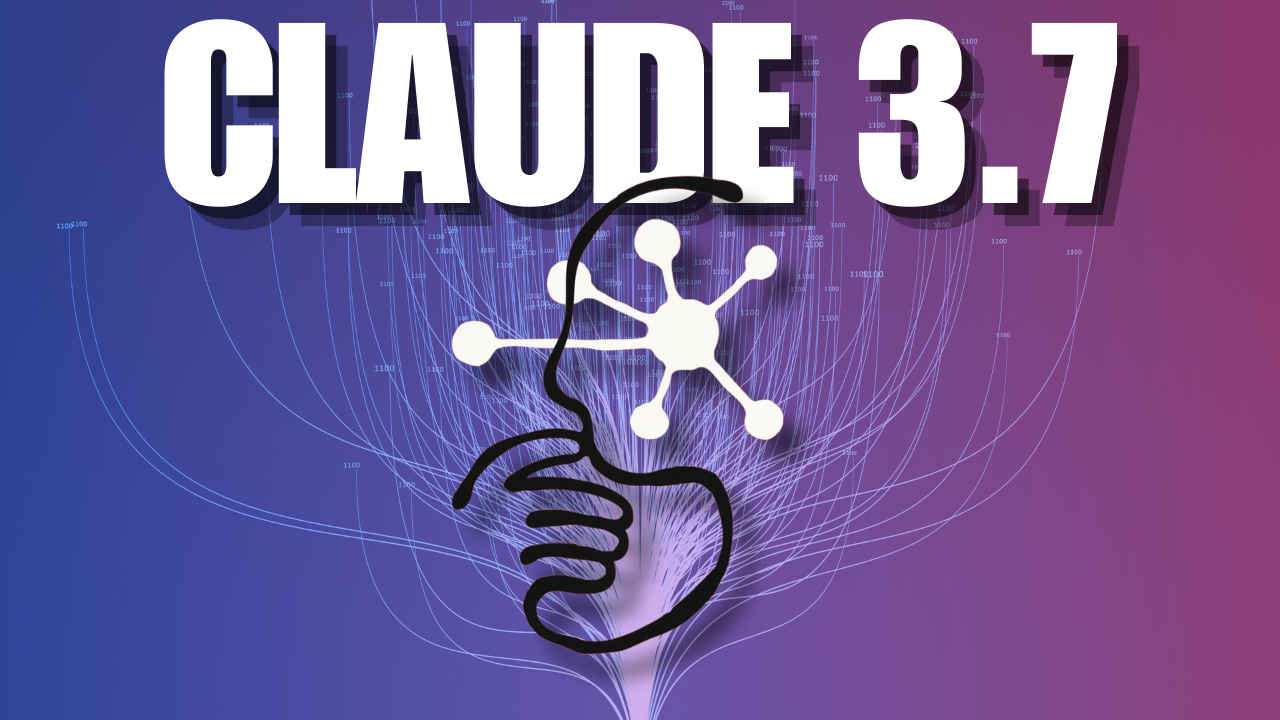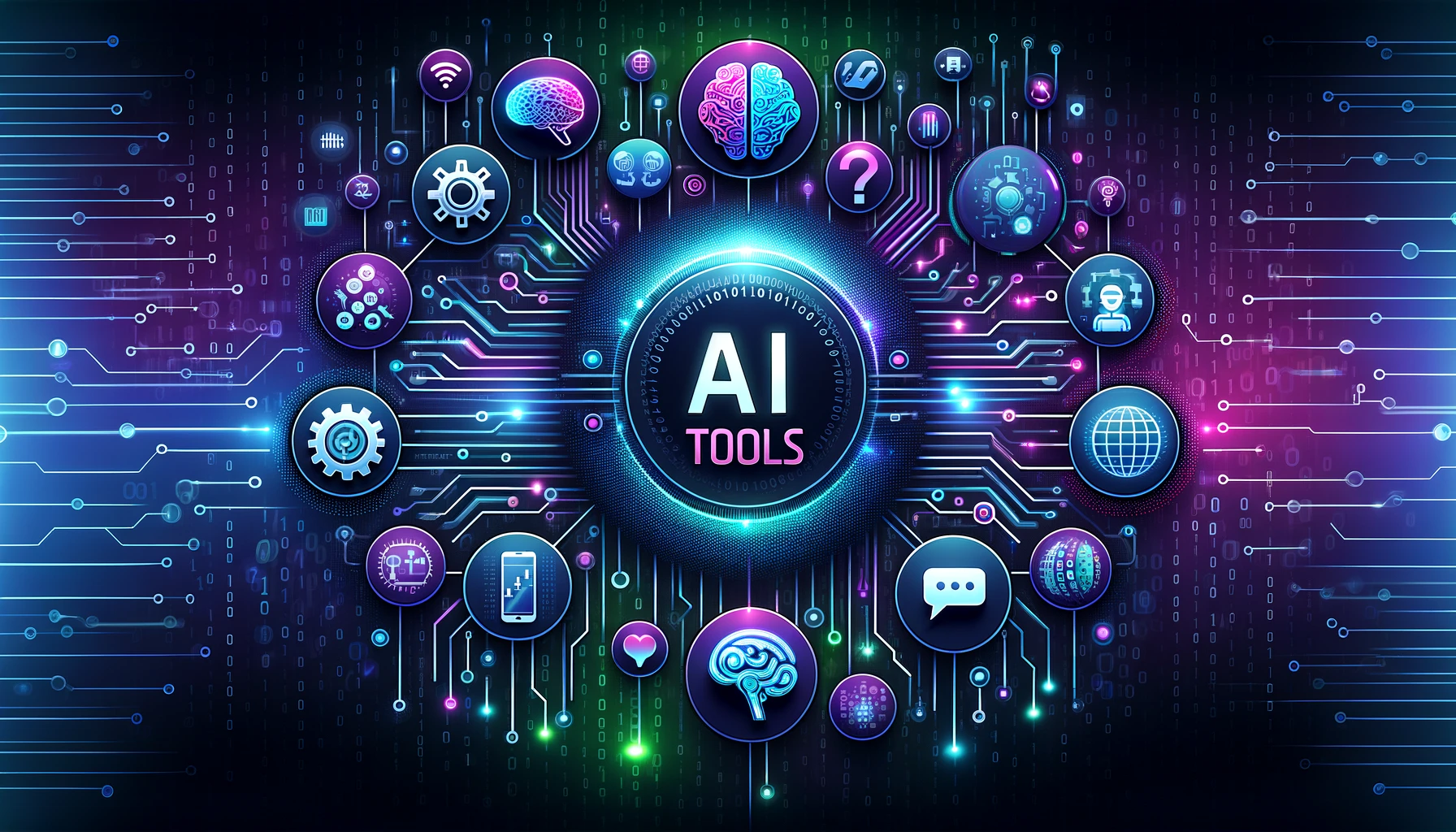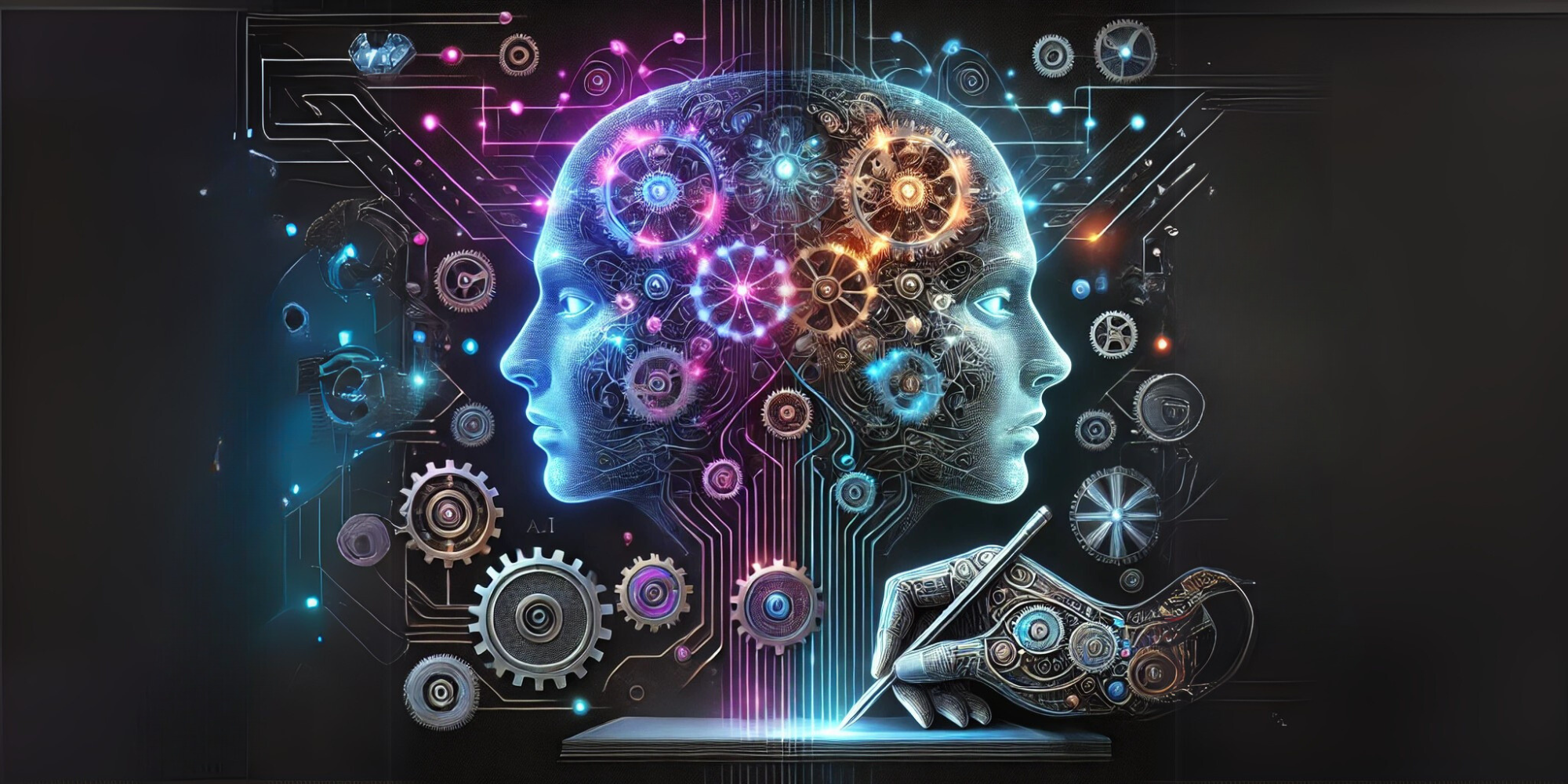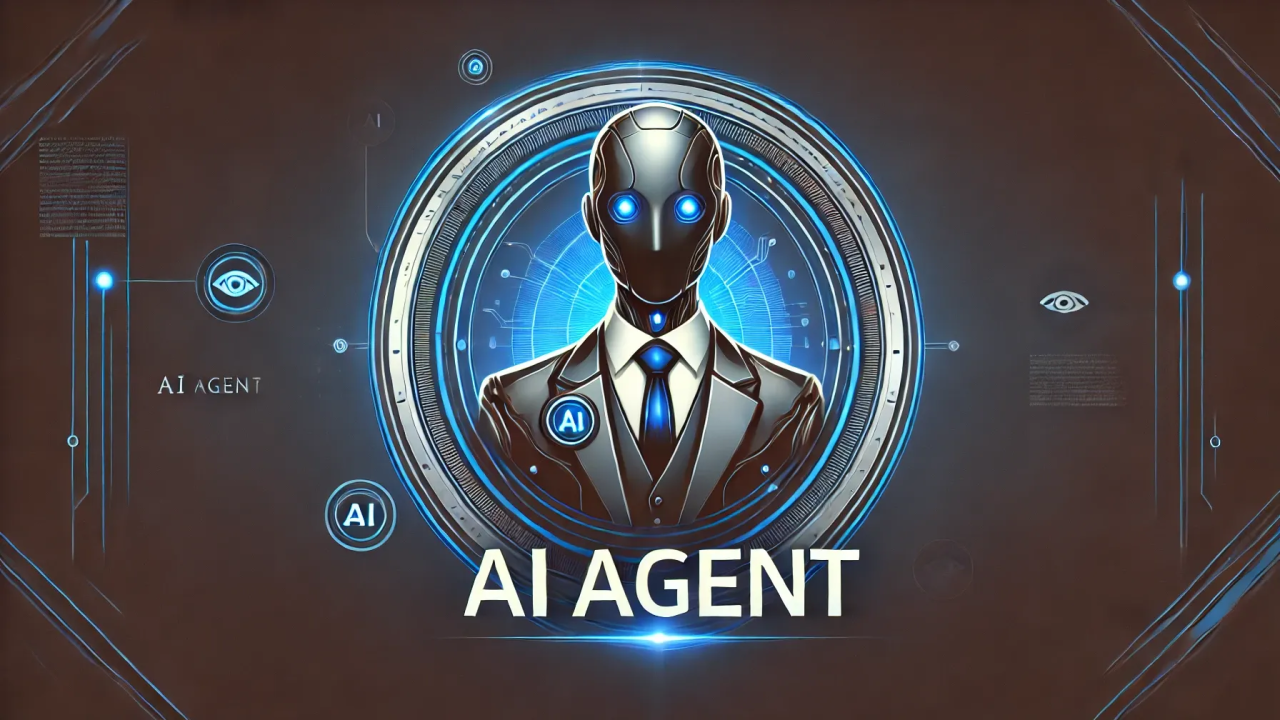Claude 3.7 Sonnet: The Hybrid Reasoning AI Revolutionizing Coding and Enterprise Workflows
The AI landscape is evolving faster than ever, and Claude 3.7 Sonnet by Anthropic is leading the charge. Released in February 2025, this hybrid reasoning model bridges the gap between instant responses and deep, step-by-step problem-solving—making it a game-changer for developers, enterprises, and researchers. In this comprehensive review, we’ll explore its groundbreaking features, real-world applications, and why it’s already topping benchmarks like SWE-bench and TAU-bench.
What Makes Claude 3.7 Sonnet Unique?
Claude 3.7 Sonnet redefines AI versatility by merging rapid execution with structured problem-solving in a single framework. Unlike conventional models that compartmentalize speed and depth, it introduces adaptive reasoning modes and developer-centric tools, creating a new standard for human-AI collaboration.
Core Innovations
Hybrid Reasoning Engine
- Standard Mode: Delivers instant, high-quality responses for everyday tasks (enhanced from Claude 3.5 Sonnet).
- Extended Thinking Mode: Unlocks step-by-step reasoning for complex challenges (math, coding, physics) with Pro access, making logic transparent and actionable.
Developer Power Tools
- Claude Code: A CLI tool (research preview) that automates workflows like GitHub commits, testing, and debugging directly from terminals.
- Token Control: Customize context limits (up to 128K tokens) to optimize speed, cost, and analytical depth.
Multimodal Mastery
Analyzes images (e.g., blueprints, charts) and generates long-form content, bridging visual data with text-based insights.
Advanced Context Intelligence
Processes vast information volumes while maintaining precision, enabling enterprise-scale problem-solving and decision support.
By unifying speed, adaptability, and human-AI synergy, Claude 3.7 Sonnet doesn’t just solve problems—it transforms how industries innovate.
Benchmark Dominance
Unmatched Technical Performance
▸ SWE-bench Dominance (70.3%)
Outperforms competitors like Gemini 2 Pro and Deepseek R1 in real-world engineering tasks, including:
- Legacy code modernization
- Full-stack debugging at scale
Cross-platform optimization
▸ TAU-bench Mastery
Leads in user-driven workflow execution, specializing in:
- Multi-phase coding project orchestration
- Context-aware task prioritization
Seamless Integration
▸ Enterprise-Grade Access
- API: Deploy via Anthropic’s API (claude-3-7-sonnet-20250219)
- Cross-Platform Interface: Available on web, mobile, and desktop
▸ Ecosystem Compatibility
Integrates with developer environments and third-party platforms (verify latest partnerships via Anthropic’s documentation).
Strategic Implementation Guidelines
▸ Human-AI Workflow Design
- Audit AI-generated code/outputs before deployment
- Develop tiered review protocols for critical systems
▸ Skill Optimization
- Train teams in advanced prompting for domain-specific tasks
- Create feedback loops to refine AI interactions
▸ Ethical Deployment
- Align usage with Anthropic’s Constitutional AI principles
- Implement bias monitoring for high-stakes applications
Claude 3.7 Sonnet sets a new benchmark for intelligent systems, combining technical supremacy with operational flexibility—a catalyst for organizations redefining productivity in the AI era.
Real-World Applications
For Developers
- Automate Tedious Tasks: Generate boilerplate code, write tests, or debug Next.js hydration errors.
- Case Study: A developer reduced a 45-minute task to a single CLI command using Claude Code.
- Code Assistance: Help with writing, debugging, and refactoring code
- Documentation: Generate and improve technical documentation
- Problem-solving: Break down complex technical challenges
For Enterprises
- Data Analysis: Help interpret complex datasets and generate insights
- Content Creation: Draft reports, summaries, and other business documents
- Research Support: Assist with literature reviews and information synthesis
- Financial Modeling: Solve complex equations 10x faster.
- Healthcare: Analyze medical imaging and summarize research papers.
Pricing and Availability
- Cost: 3/million input tokens, 3/million input tokens, 15/million output tokens (includes reasoning steps).
- Platforms: AWS Bedrock, Google Vertex AI, Anthropic API.
- GitHub Integration: Connect repositories for AI-powered bug fixes and documentation.
Challenges and Considerations
- Bugs in Generated Code: Requires human oversight for edge cases.
- Learning Curve: Teams may need time to develop effective prompting strategies
- Human Oversight: AI-generated content and code should be reviewed before implementation
- Ethical Use: Should be used responsibly and in accordance with Anthropic’s usage policies
User Feedback and Industry Reactions
- Developer Testimonial: “Claude Code handled a full-stack update in one pass—something I’d spend hours on.”
- Enterprise Leader: “Our R&D team solved a months-old physics problem in 20 minutes.”
For the most current information on how to access Claude 3.7 Sonnet and best practices for using it effectively, visit Anthropic’s official documentation at:
General support: https://support.anthropic.com
API documentation: https://docs.anthropic.com/en/docs/
Claude 3.7 Sonnet marks a transformative leap in AI evolution, blending unprecedented speed with profound reasoning to empower developers and enterprises in overcoming once-impossible challenges. More than a tool, it redefines collaboration—augmenting human expertise rather than replacing it, fostering partnerships where creativity and machine intelligence amplify one another. As industries navigate an AI-driven era, those harnessing this synergy will not only thrive but pioneer the future, proving that the true power of technology lies in its ability to elevate human potential.
The AI landscape is evolving faster than ever, and Claude 3.7 Sonnet by Anthropic is leading the charge. Released in February 2025, this hybrid reasoning model bridges the gap between instant responses and deep, step-by-step problem-solving—making it a game-changer for developers, enterprises, and researchers. In this comprehensive review, we’ll explore its groundbreaking features, real-world applications, and why it’s already topping benchmarks like SWE-bench and TAU-bench.







